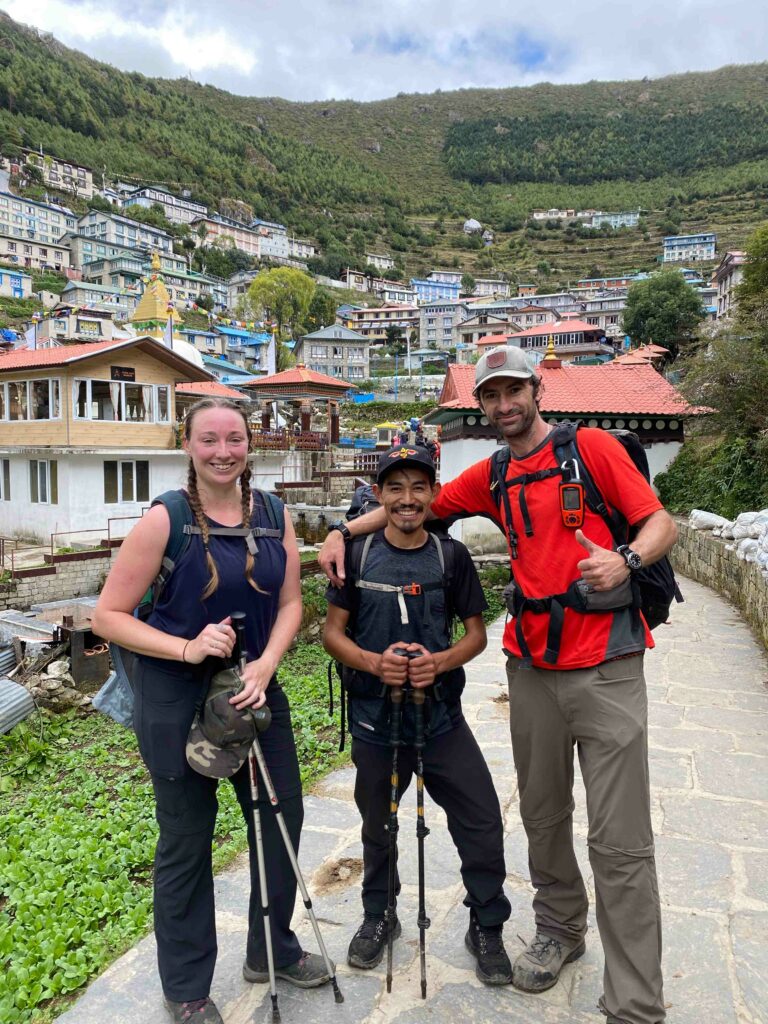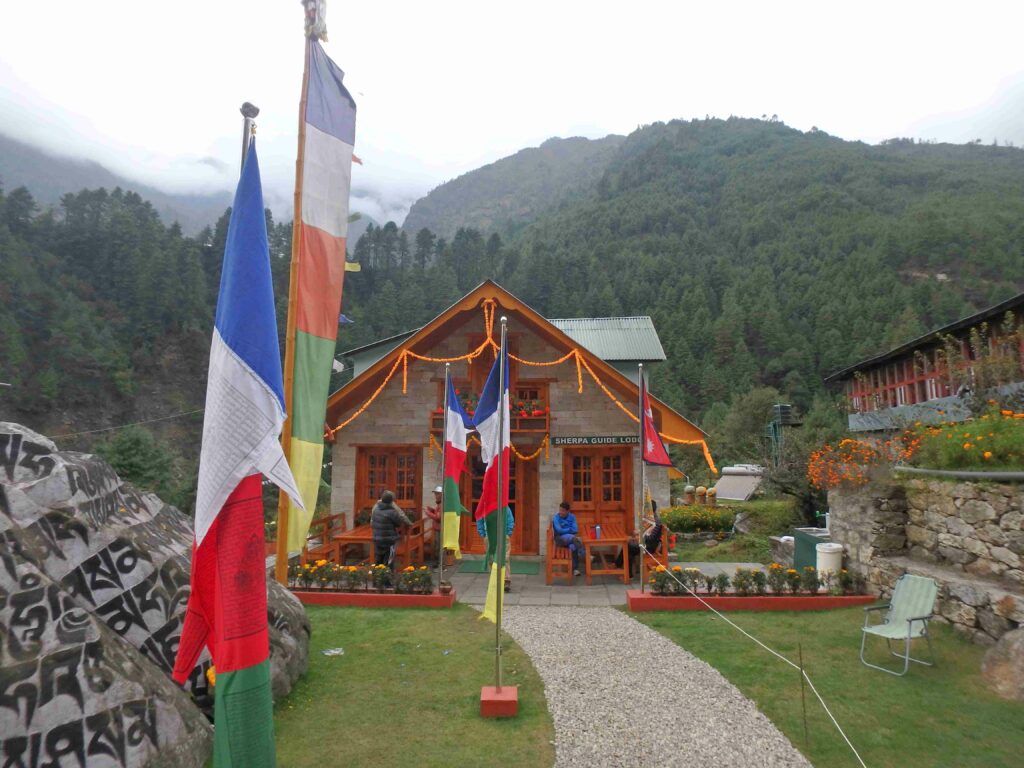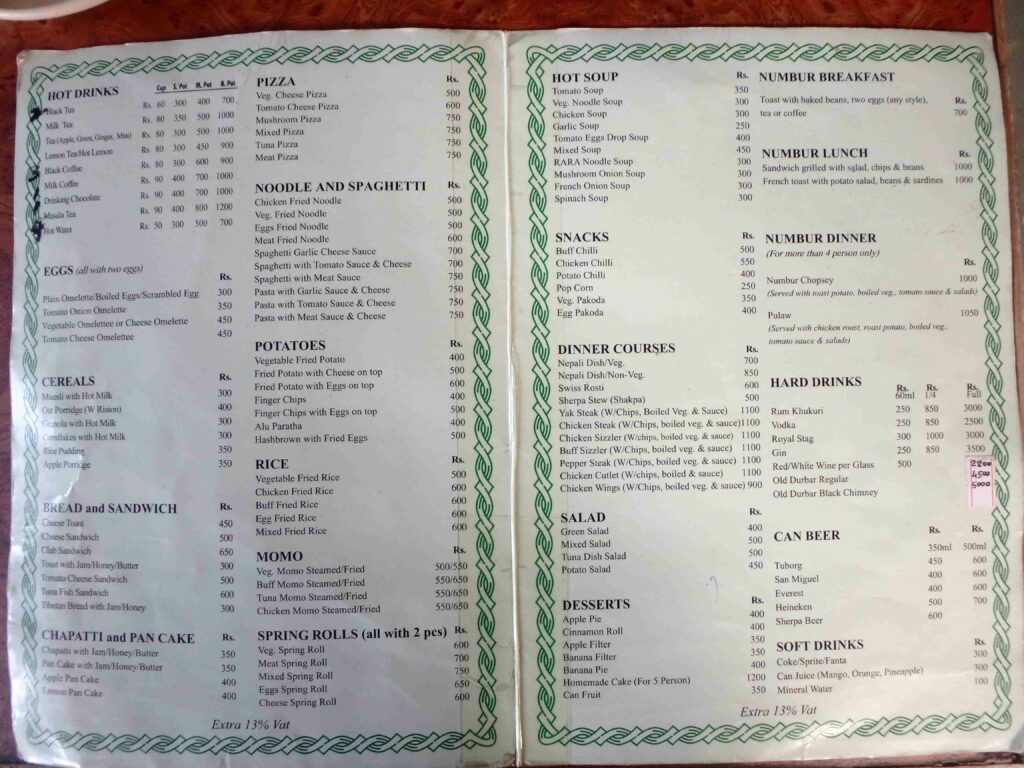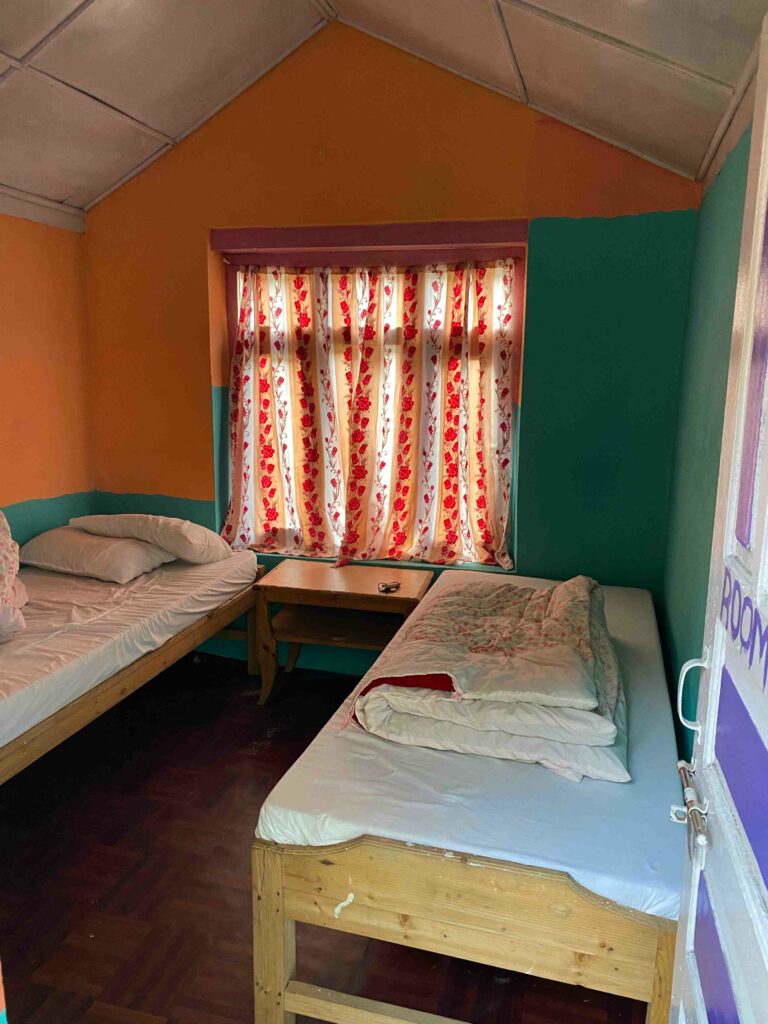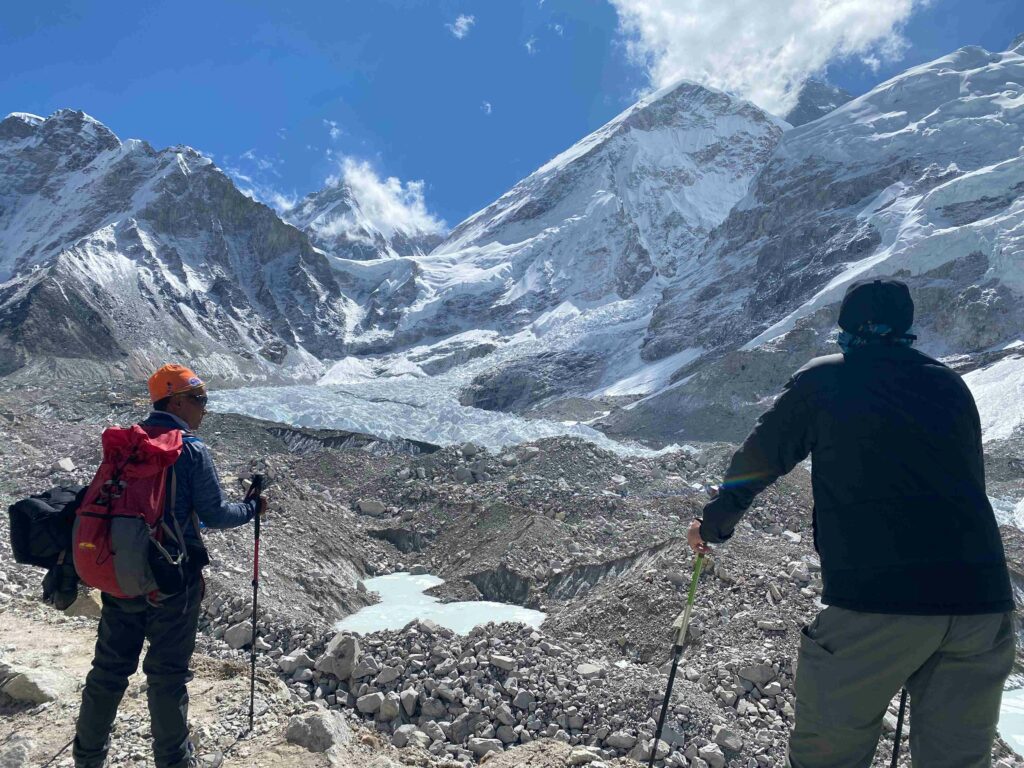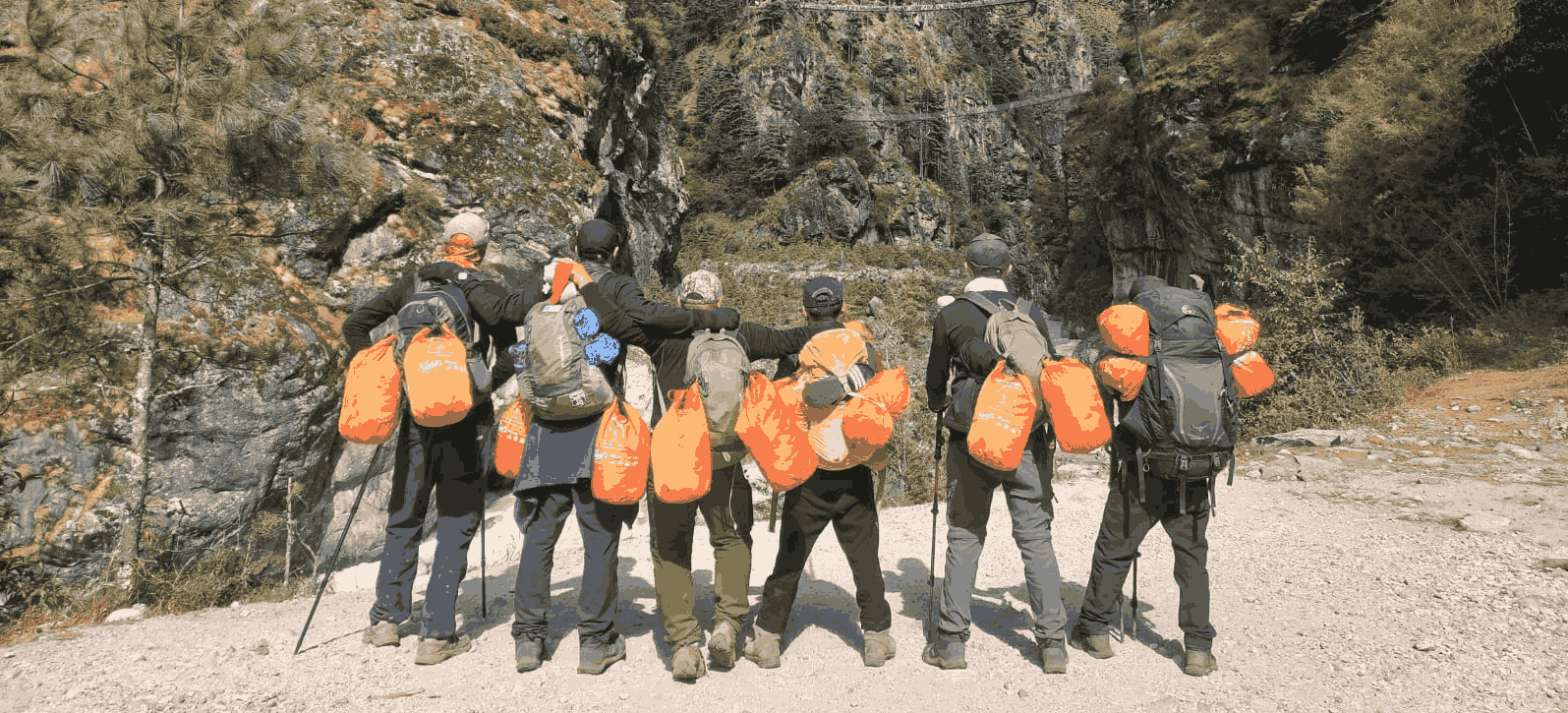Everest Base Camp Trek: Your Ultimate Guide to an Iconic Himalayan Journey

Reaching Everest Base Camp isn’t just another hike, it’s a journey into the heart of the Himalayas.
For decades, adventurers have come to the Khumbu Valley seeking the same feeling: standing face to face with the world’s highest mountain and discovering the resilience within themselves.
Yet there’s more to this trek than the Instagram-ready photos. It’s a mix of breathtaking landscapes, the hum of yak bells on ancient trails, the warm hospitality of the Sherpa people who call these mountains home, and small, quiet moments that stay with you for life.

Lukla Airport, the gateway to the Everest Base Camp trek
It’s Not as difficult as You Might Think
The journey begins with the scenic flight to Lukla — an adventure in itself — before you step onto trails lined with prayer wheels, teahouses, and mountain views at every turn. Along the way, you’ll find cozy lodges serving freshly cooked meals, with plenty of options for comfort and energy.
A common misconception is that you need climbing experience or need to be super fit and strong to trek to Everest Base Camp.
You don’t. It’s a beautiful trekking route that follows well-established trails through local villages — if you can walk, there’s a good chance you can walk to EBC.
That said, the trek is strenuous at altitude. Good basic fitness, health, and going with the right team can make all the difference.
The highest point most trekkers reach is Kala Patthar (5,644 m /18,519 ft)) — a ridge with one of the best close-up views of Everest.
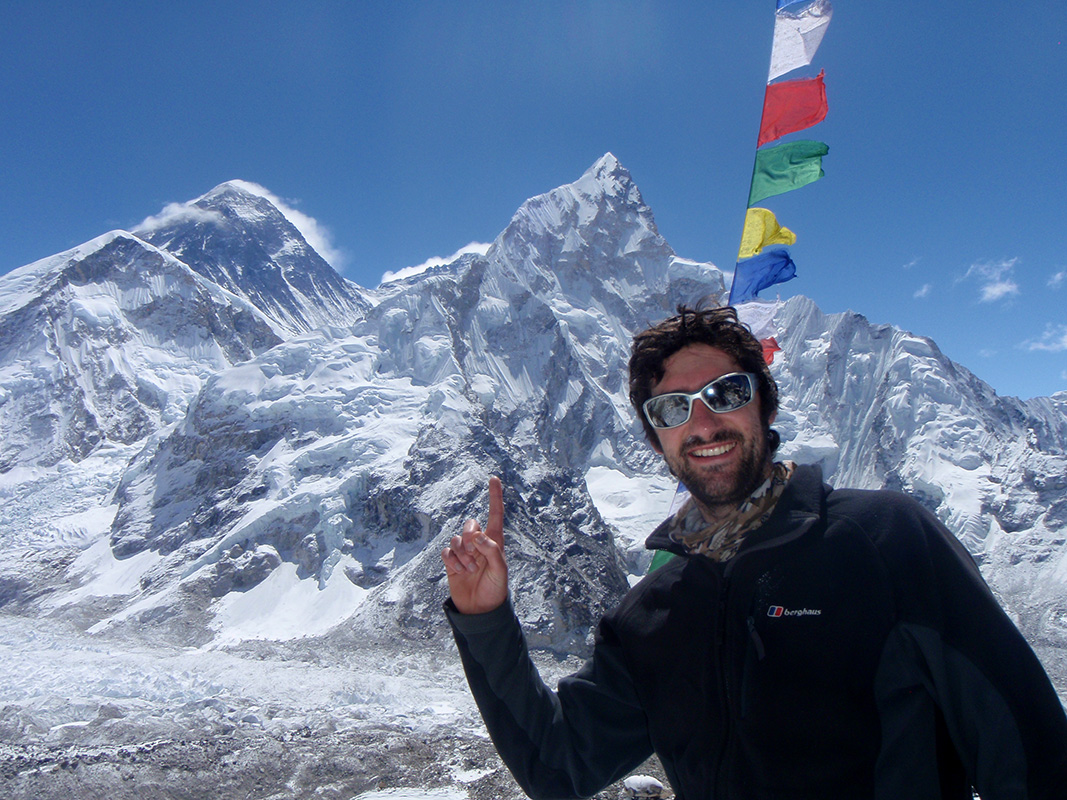
Moments like this capture the quiet joy of standing among the world’s highest mountains.
The Real Challenge: Altitude, Not Distance
The daily distances aren’t huge — often 6 to 12 km per day (4-8 hours)— but the thin air makes each step slower and more challenging.
Most itineraries, including those we run at World Sherpas, build in acclimatization days in Namche Bazaar and Dingboche to let your body adjust gradually. For those seeking variety, there are also alternative routes to the classic trail, such as the Gokyo Valley route or the scenic path through the picturesque village of Phortse, both offering quieter trails and breathtaking views of Everest from different angles.
When you’re trekking at altitude, the key is to go slow. and acclimitise as best you can. It’s not a race. Take your time breathing slowly, soaking in the views, sharing stories with locals and finding adventure in every step.
A Cultural Journey as Much as a Trek
What surprises most trekkers is the rich Sherpa culture you encounter on the trail:
- The scent of burning juniper in monasteries like Tengboche.
- Evenings around the communal fire in mountain lodges, sharing stories with climbers and fellow travelers.
- Visiting ancient Buddhist monasteries along the way lets you connect with the region’s deep spiritual side.
The trek isn’t just about getting to Base Camp — it’s about the journey, the people, and the places you discover along the way.
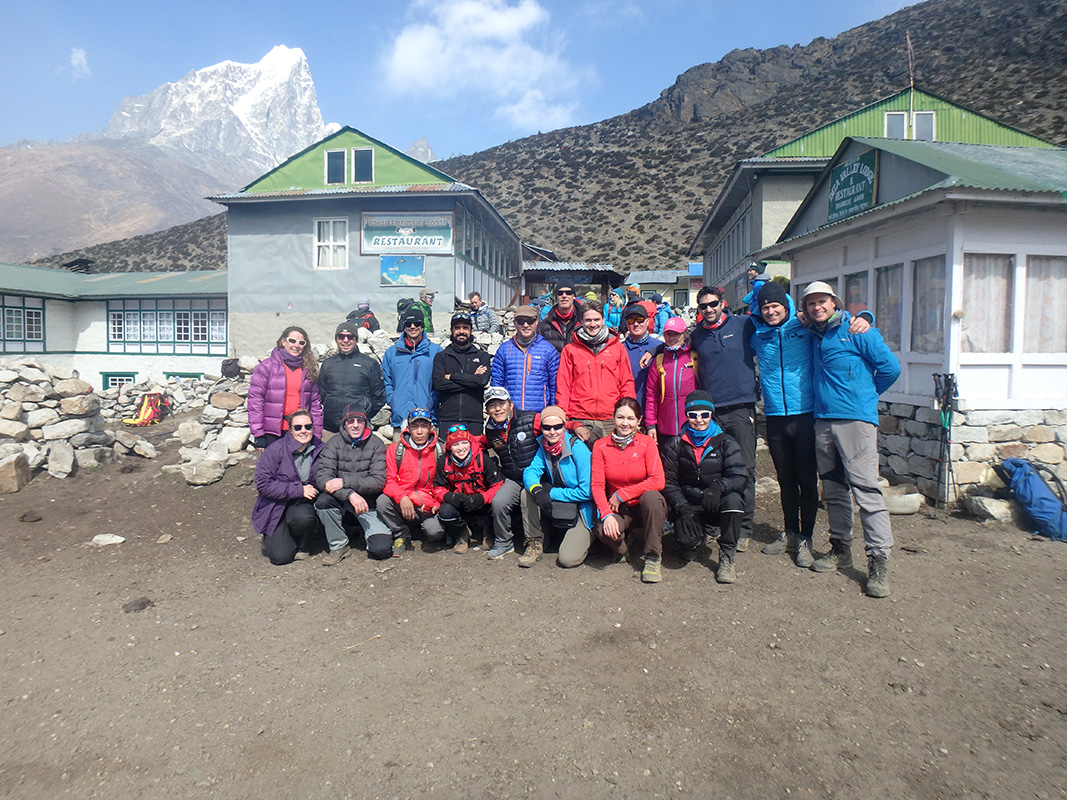
In Dingpoche village with Mount Cholatse in the background
When to Go: Timing Matters
The classic windows for the trek are:
- Spring (March–May): Warmer temperatures, colorful rhododendron blooms, and the start of the Everest climbing season — a chance to experience the buzz of expedition life at Base Camp.
- We also offer the unique opportunity to stay overnight at Everest Base Camp with our expedition team for an unforgettable glimpse into life on the mountain.
- Autumn (September–November): Crisp skies, stable weather, and the best mountain views.
There is one main season for Everest expeditions, April to May, which brings a unique buzz to the trail as climbers and trekkers share the same route toward Base Camp.
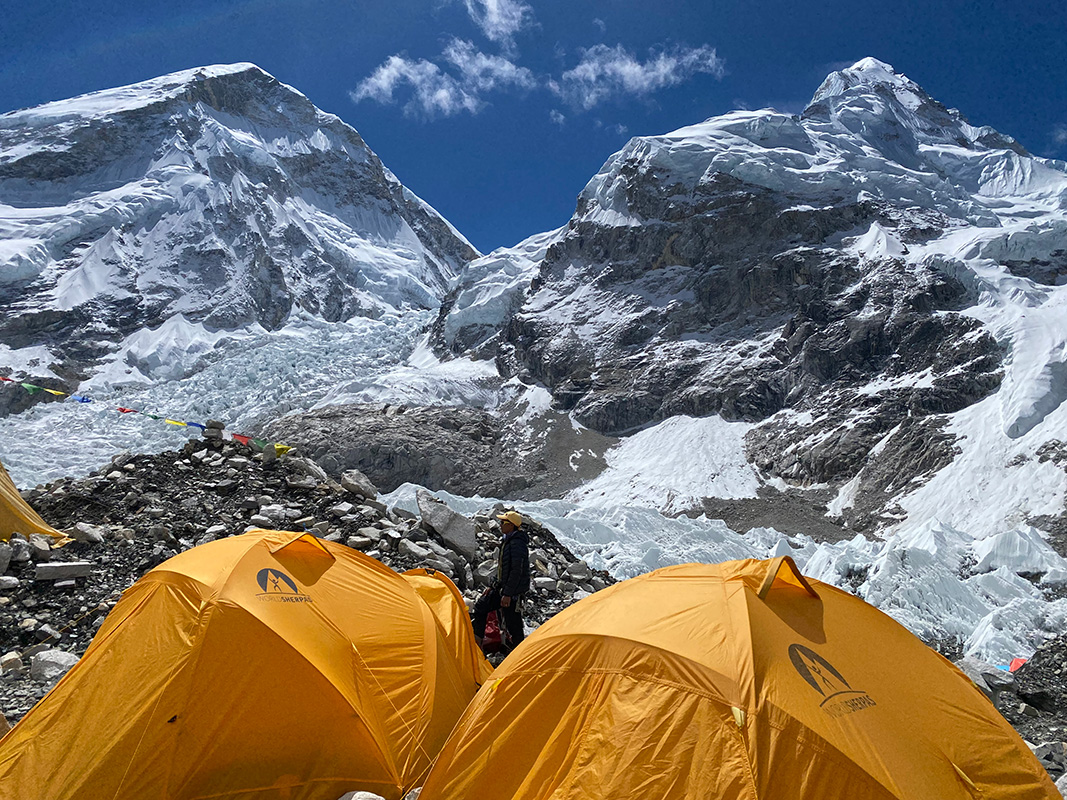
Sleeping at Everest Base Camp.
The Magic Moments Few Talk About
It’s not just the final view at Base Camp.
It’s catching your first glimpse of Everest on the way to Namche Bazaar, or watching the sun paint the summit in golden light from Kala Patthar, moments that stay with you long after the trek ends.
These magical moments are what make the experience truly unforgettable.

Trekkers crossing the Hillary Suspension Bridge surrounded by pine forests in the Khumbu Valley.
Namche Bazaar — The Heart of the Khumbu
You’ll also get the chance to explore Namche Bazaar, the vibrant hub of the Everest region. Here, colorful markets, cozy cafés and mountain view bakeries create a unique atmosphere where trekkers and locals come together. Wander through the narrow streets lined with shops selling handmade crafts and trekking gear, and take in the spirit of Sherpa culture.
Namche is also home to the world’s highest Irish pub, where you can enjoy a well-earned drink surrounded by mountain views and fellow adventurers — a tradition for many trekkers on the way down from Everest Base Camp, to celebrate your journey.

Namche Bazaar
Taste of the Khumbu — Local Flavors and Mountain Comfort
Namche Bazaar is not only the gateway to Everest but also a food lover’s stop on the trail. The village offers a surprising variety of dishes, from traditional Sherpa meals to comforting Western favorites.
- Start with Dal Bhat, Nepal’s national dish — a nourishing combination of rice, lentil soup, and seasonal vegetables that fuels trekkers and locals alike. It’s the ultimate mountain energy meal, often served with pickles or curry and refilled generously.
- Try Shyakpa, a hearty Sherpa stew made with vegetables, noodles and meat — perfect for refueling after a long day on the trail.
- Don’t miss Momos, the famous Himalayan dumplings filled with vegetables, cheese or meat, served steamed or fried.
- You’ll also find cozy cafés and bakeries serving fresh coffee, pastries and even pizza, ideal for relaxing while watching the mountain views.
- Meals along the trail are designed for altitude, rich in carbs and simple ingredients like potatoes, barley and rice that help your body acclimatize.
Food in the Khumbu is more than nourishment — it’s part of the journey itself, connecting travelers with the mountain culture and daily life of the Sherpa people.
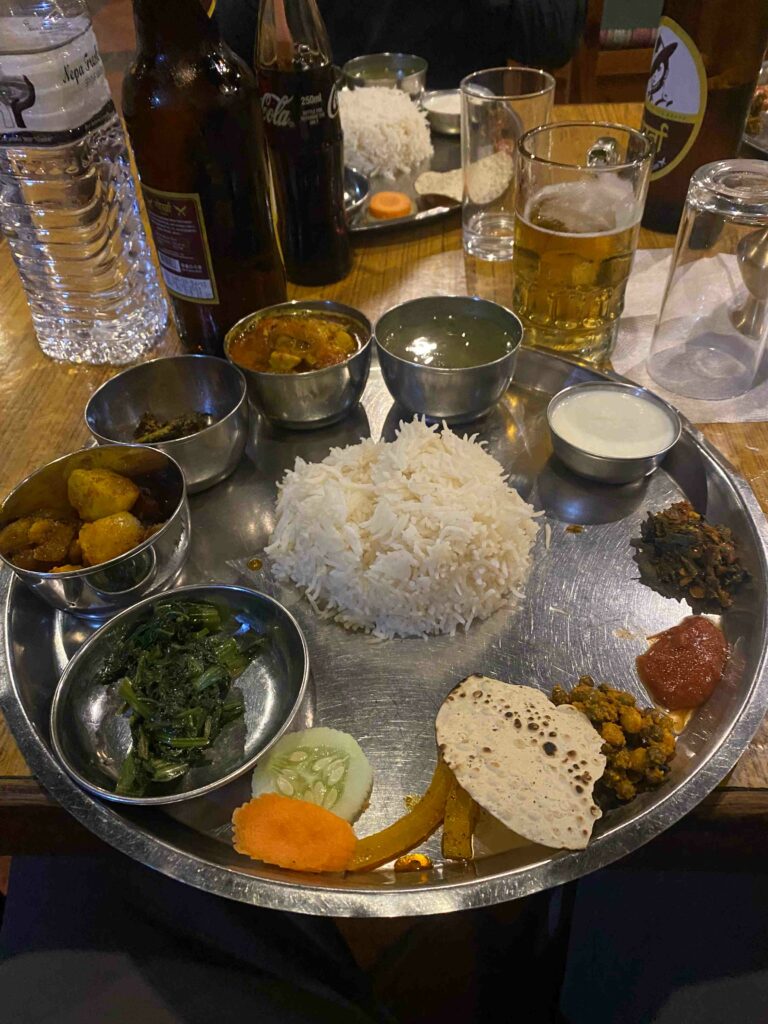
Dal Bhat Nepal’s national and popular dish
Connectivity, Comfort and Daily Essentials
While trekking through the Khumbu, you’ll still find ways to stay connected and comfortable — but services become more limited (and pricier) the higher you go.
- Wi-Fi: Most lodges offer internet access through prepaid Everest Link cards. The connection is reliable in lower villages like Lukla or Namche Bazaar, but it tends to slow down as you climb higher. For better value, you can also buy a local SIM card in Kathmandu (Ncell or Nepal Telecom) before the trek to stay connected along much of the route.
- Charging Devices: Electricity is available in most lodges for charging phones, cameras and batteries, usually for a small fee. Bringing a power bank or a compact solar charger can be a smart move.
- Hot Showers: Many lodges offer hot showers — a welcome luxury after a long day on the trail. Since heating water at altitude requires extra effort, expect to pay a modest fee.
- Drinking Water: You can safely drink boiled water from lodges, use purification tablets or filters, or buy bottled water along the way. Refilling bottles and purifying your own water helps both your budget and the environment.
- Money: It’s best to carry enough cash for the trek, as ATMs are only available in Lukla and Namche Bazaar and may not always work. Cash is needed for tips, small purchases, and personal expenses along the trail. Some lodges and shops accept cards, but connectivity and reliability can be inconsistent, so cash is always safer.
With a bit of planning, you’ll stay connected, charged, clean and hydrated — ready to enjoy every moment of the adventure.
Shops and trekkers along the main street of Namche Bazaar, the main trading hub of the Khumbu Valley.
Trekking to Everest Base Camp is not just about reaching a destination, it’s about everything that happens along the way. The rhythm of your steps, the faces you meet, the thin air that reminds you how alive you are. Each sunrise, each laugh shared in a teahouse, each silent moment beneath the towering peaks becomes part of a story you’ll never forget.
In the Khumbu Valley, the journey itself transforms you. You learn patience, humility, and presence. You discover the strength that comes from moving slowly and the joy of connecting deeply, with nature, with people, and with yourself.
At World Sherpas, we’ve built this experience with care, safety and respect for the mountains and their people. Whether you come chasing adventure, personal growth or a lifelong dream, the Everest Base Camp Trek will give you something far greater than a photo beneath the world’s highest peak, it will give you perspective.
Join us on this journey into the heart of the Himalayas, and see for yourself why some places don’t just change your view, they change you.
